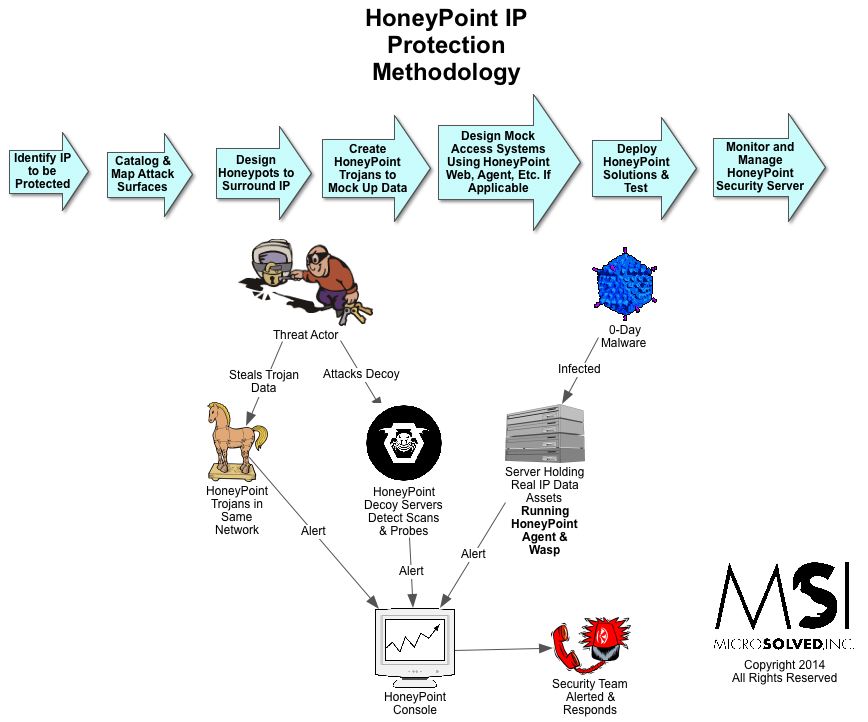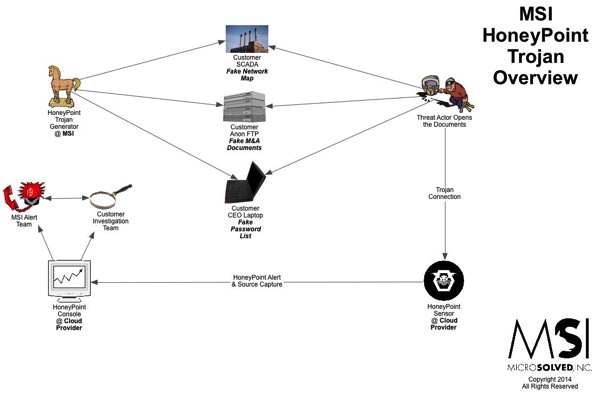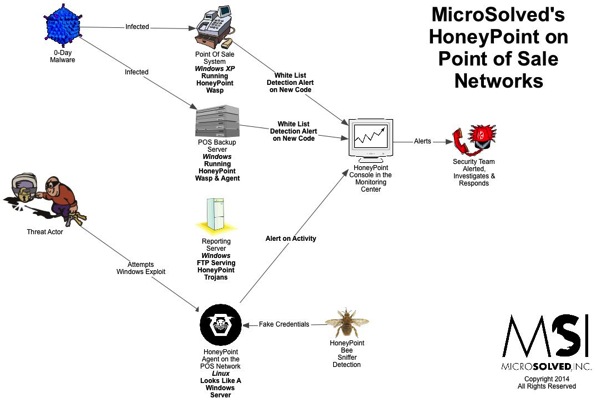Where do most of the threats to the security of our IT systems lurk? The Internet, of course! Powerful malicious software apps are all over the Net, like website land mines, just waiting to explode into your computer if you touch them. And how about accessing social networks from your company work station? Do you really think that content on these sites is secured and only available to those you chose to see it? If so, then I’m sorry to disillusion you.
So why do most concerns still let their employees casually access and surf the Web from their business systems? Especially in the present when most everyone has a smart phone or pad with them at all times? Businesses should embrace this situation and use it to their advantage. Why not set up an employee wireless network with all the appropriate security measures in place just for Internet access? (This network should be totally separate from business networks and not accessible by business computers). It’s not expensive or difficult to administer and maintain a network like this, and employees could access websites to their hearts content (on their off time of course). And for those employees that are without a smart phone (an ever dwindling few), you could stand up a few kiosk computers that they could access using their employee wireless network password.
As for employees that need Internet access to perform their work duties, you should lock their access down tight. The best thing to do is to add needed websites to a white list and only allow those employees with a business need to access only those websites that are necessary and no others. Black listing and web filtering are partially effective, but they don’t really work well enough. I can’t tell you how often we have seen such filters in place at businesses that we assess that prevent access to gaming and porn sites, but still allow access to traps like known malicious websites in foreign countries! Go figure.
And don’t forget to properly segment your business networks. Users should only be allowed access to those network resources that they need for business purposes. Users in workstation space should never be allowed to “see” into server space. Preventing this will go a long way in curtailing attacks from the other big danger – the malicious insider.
Thanks to John Davis for writing this post.



